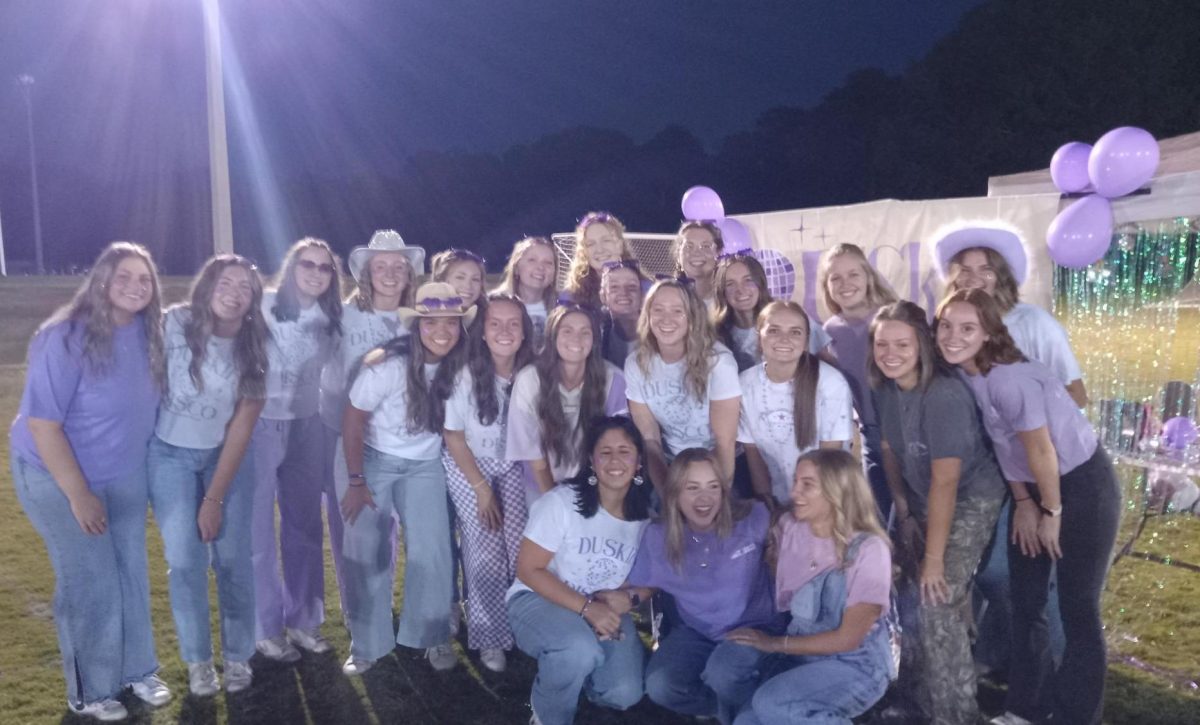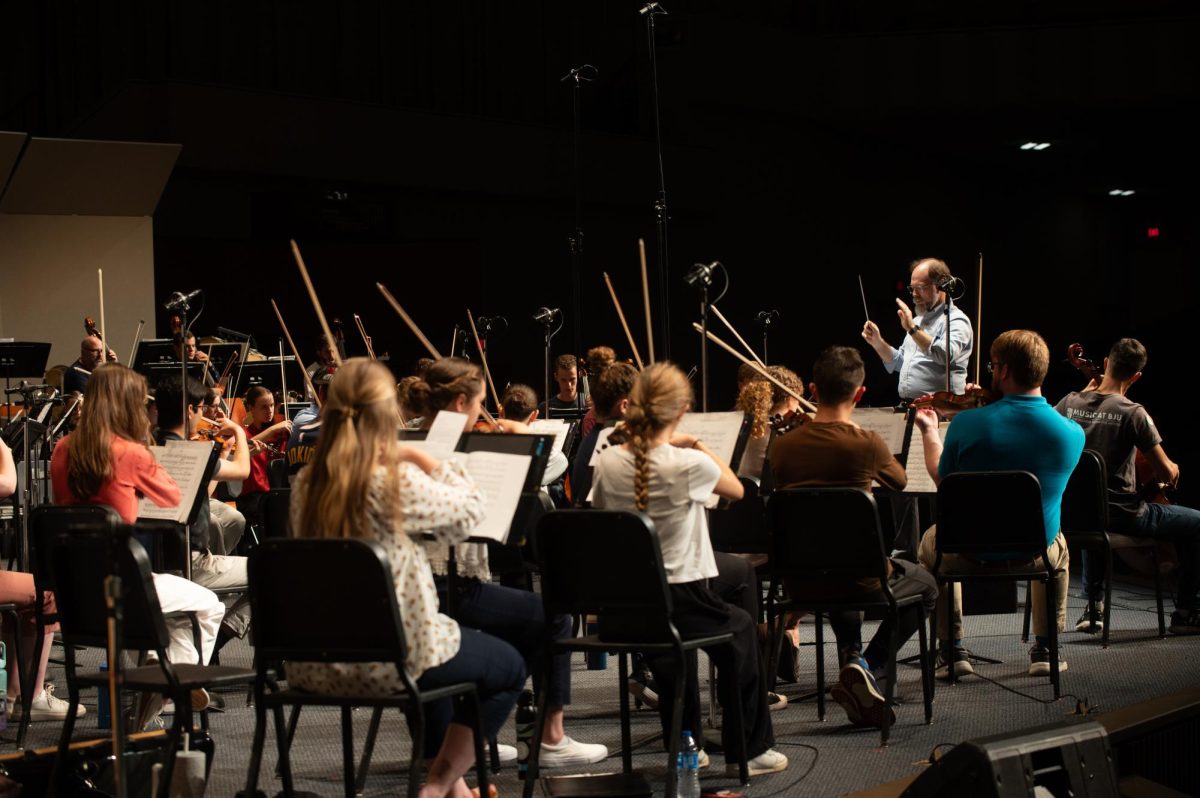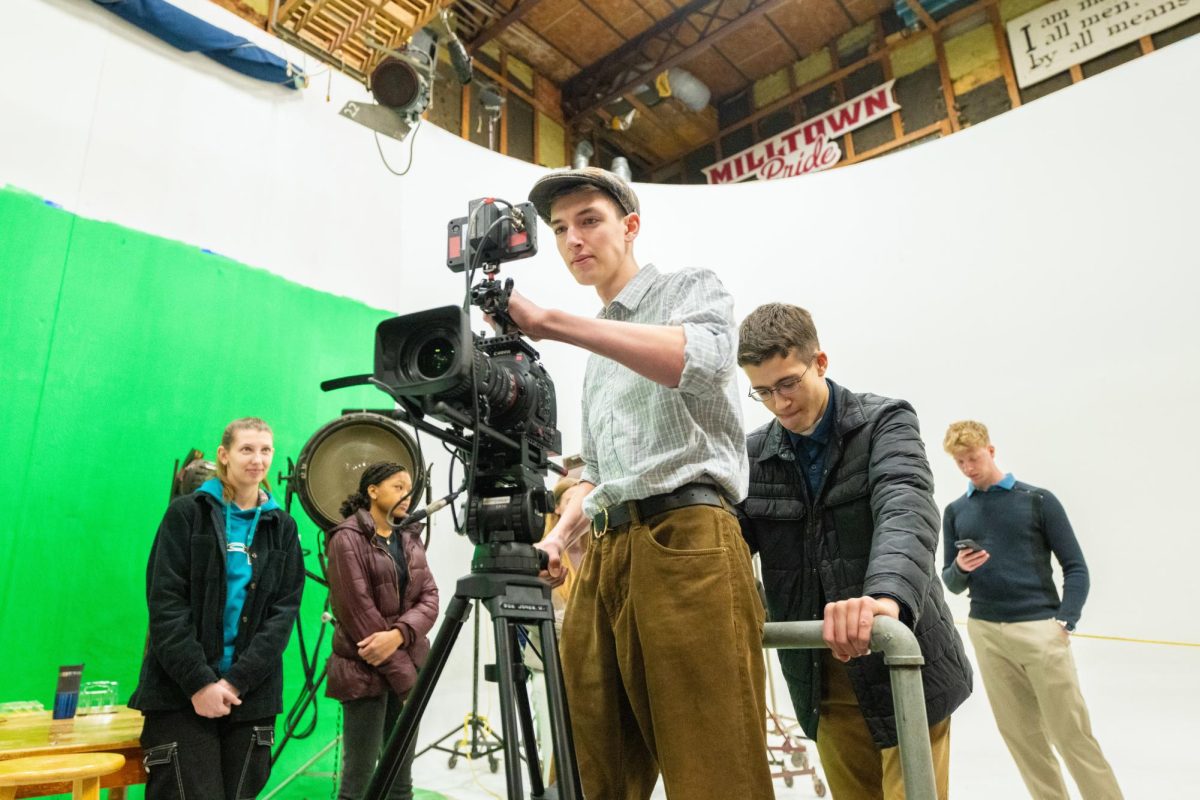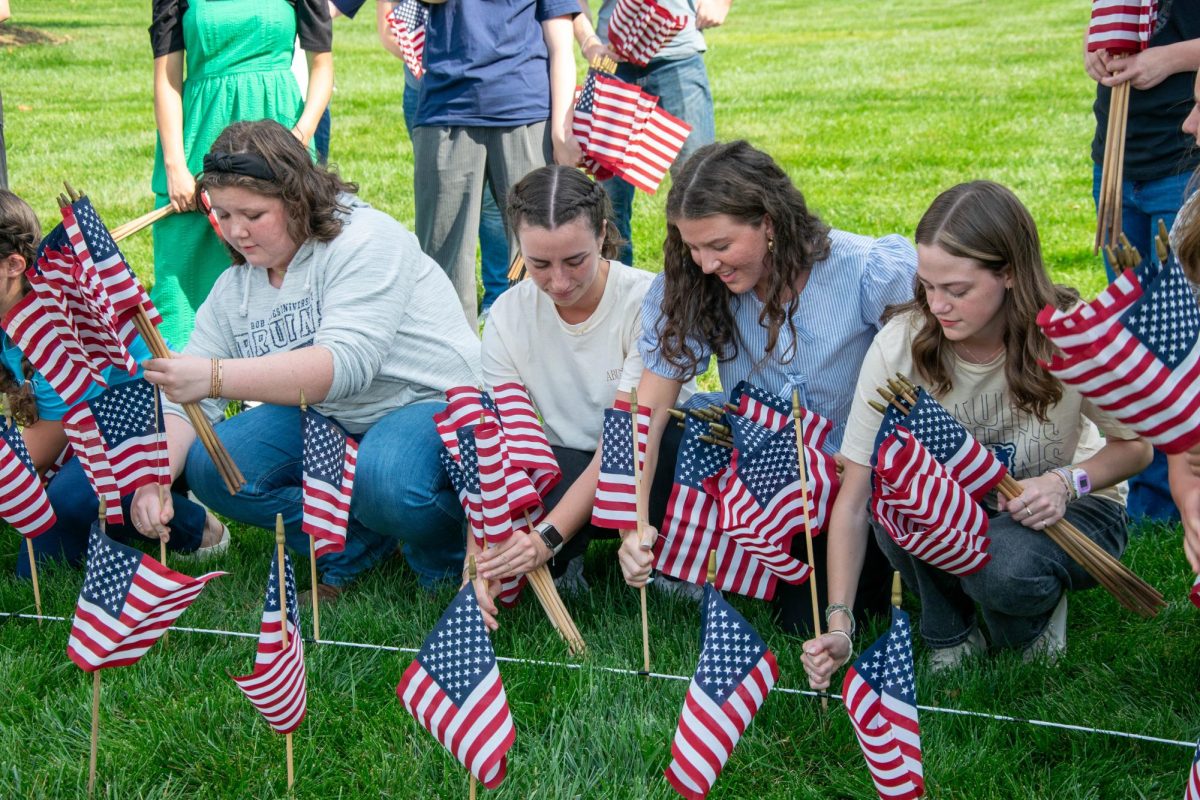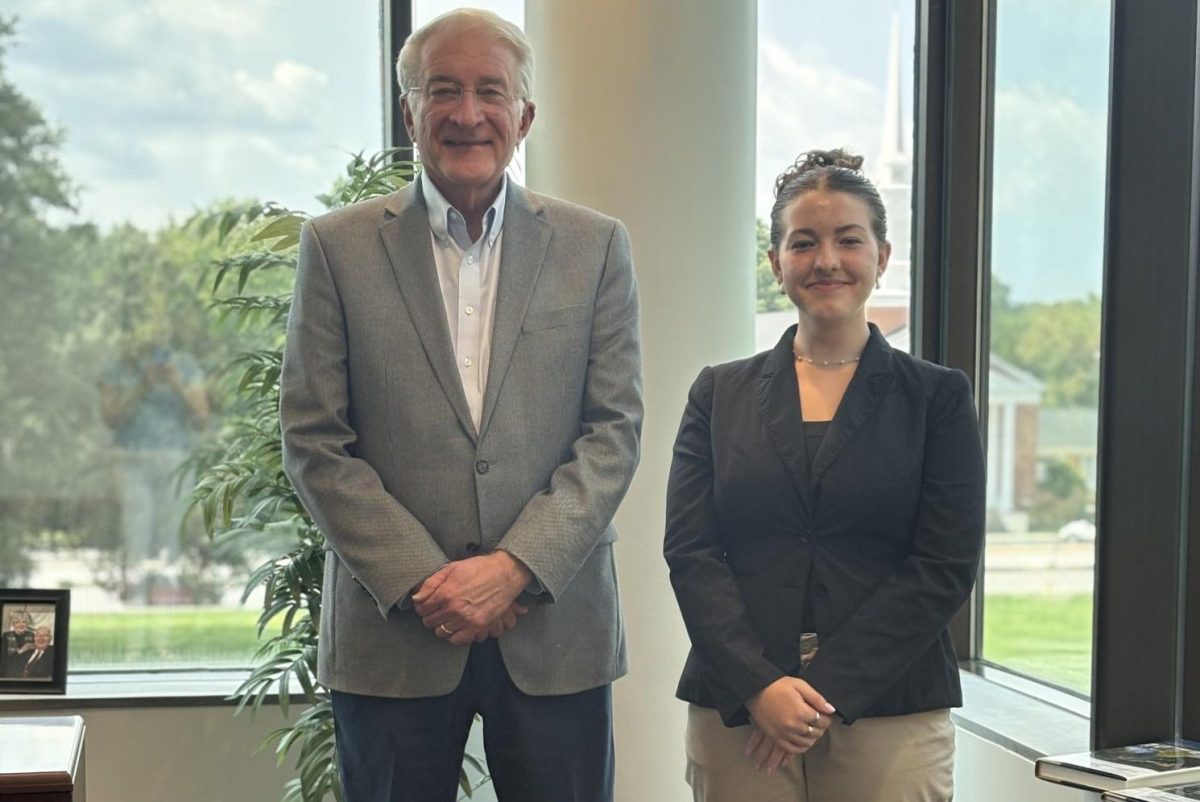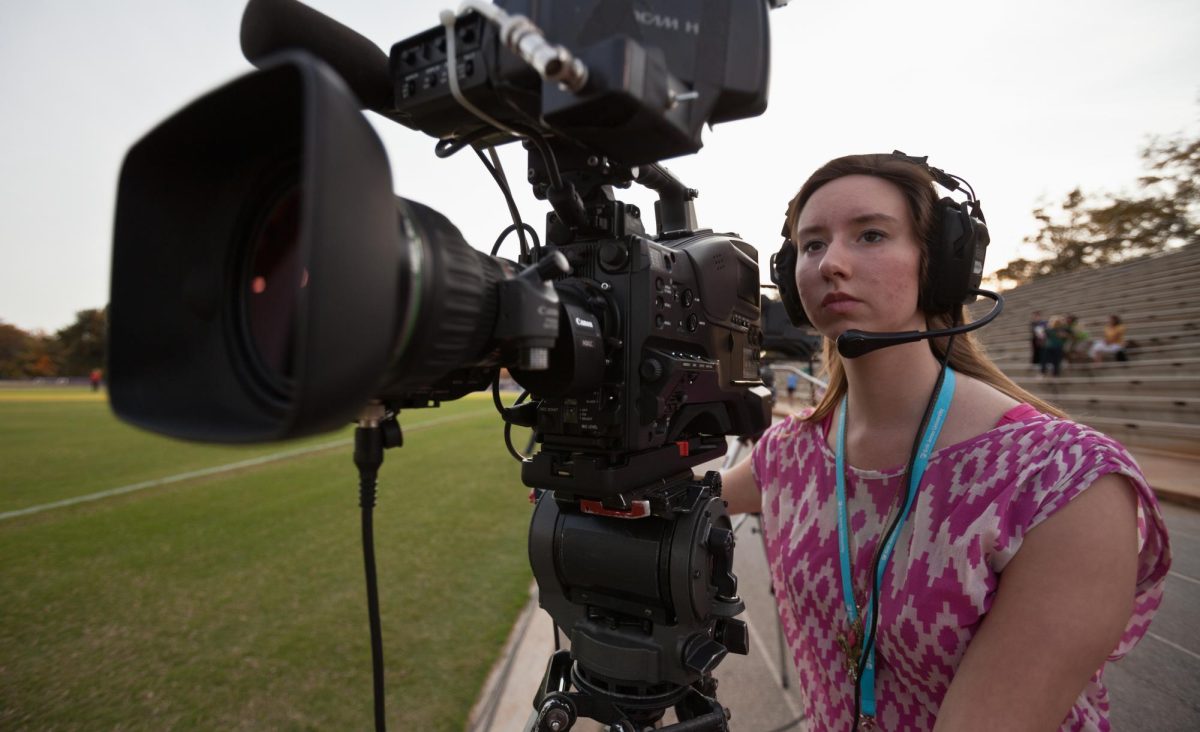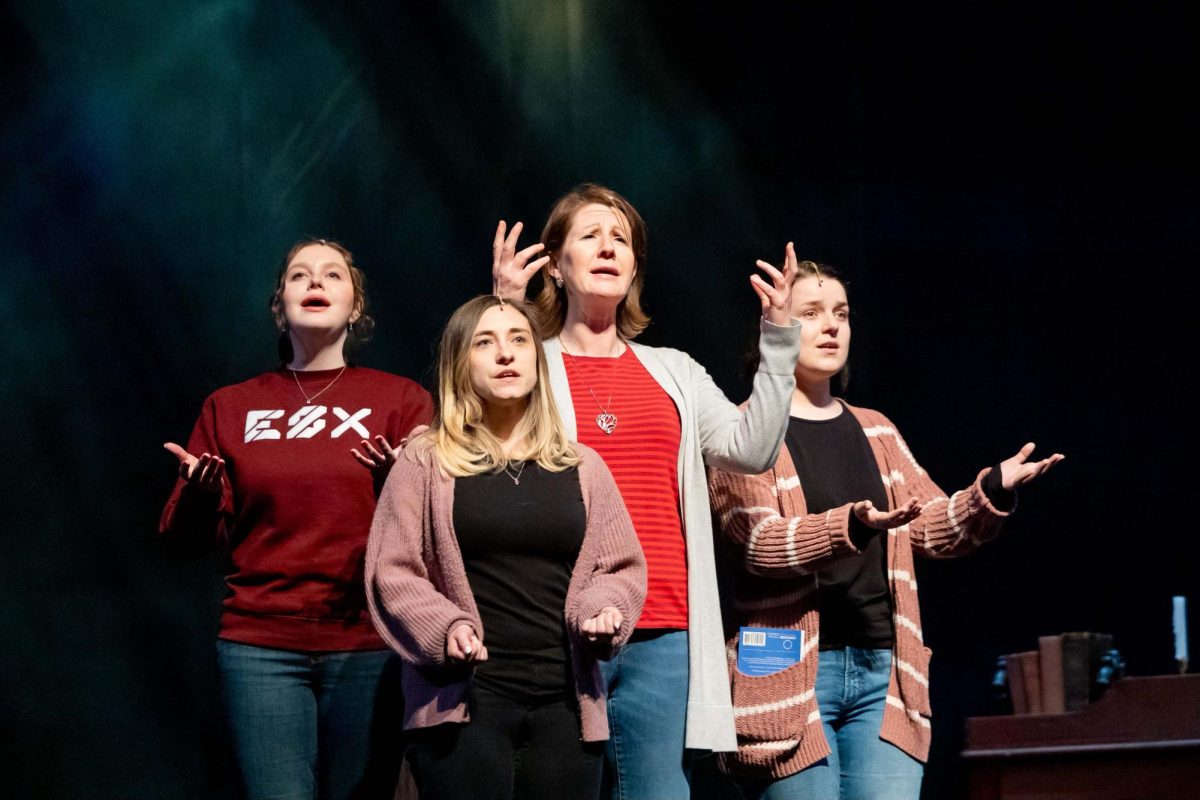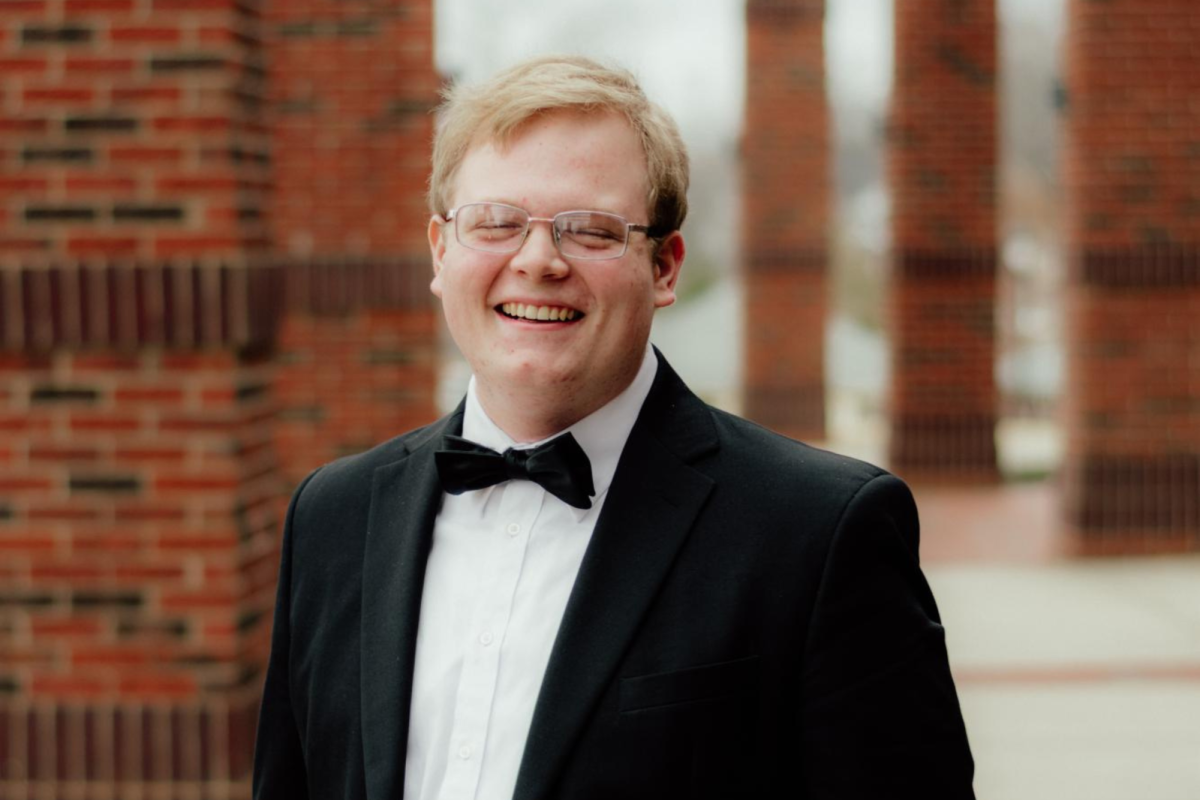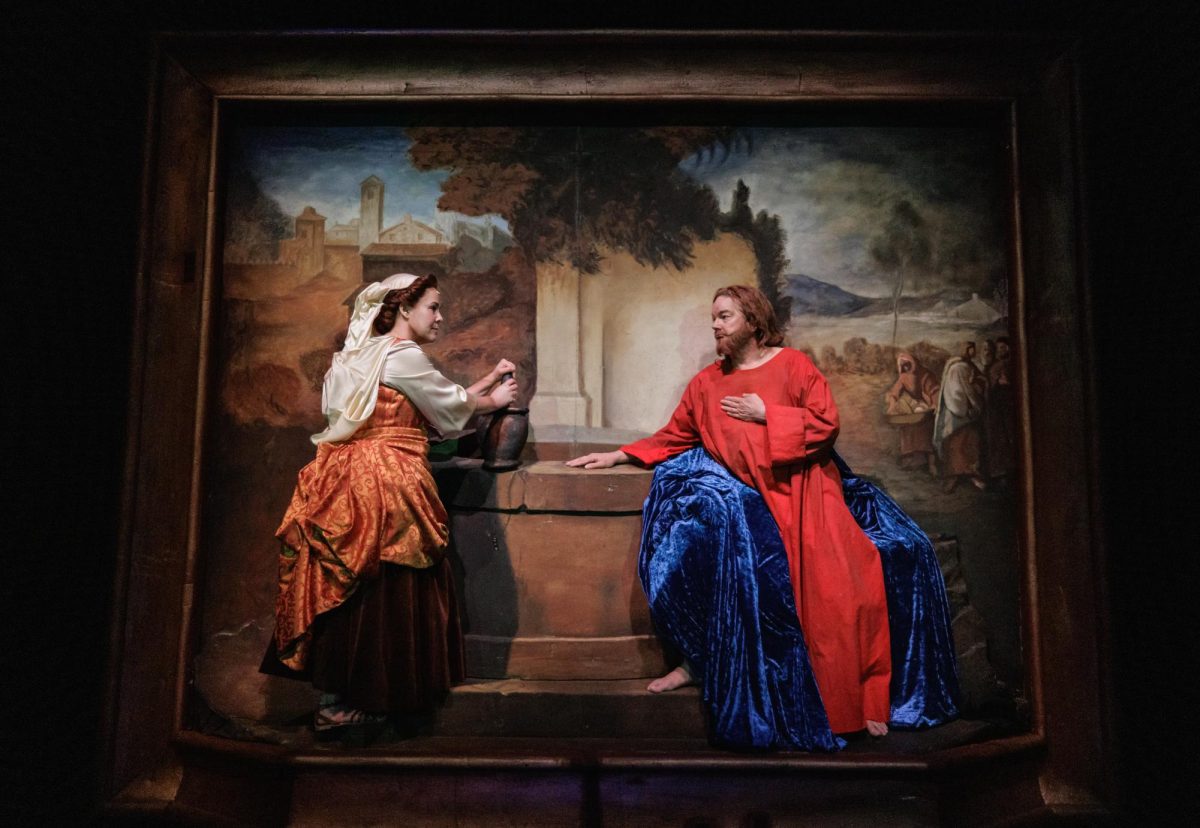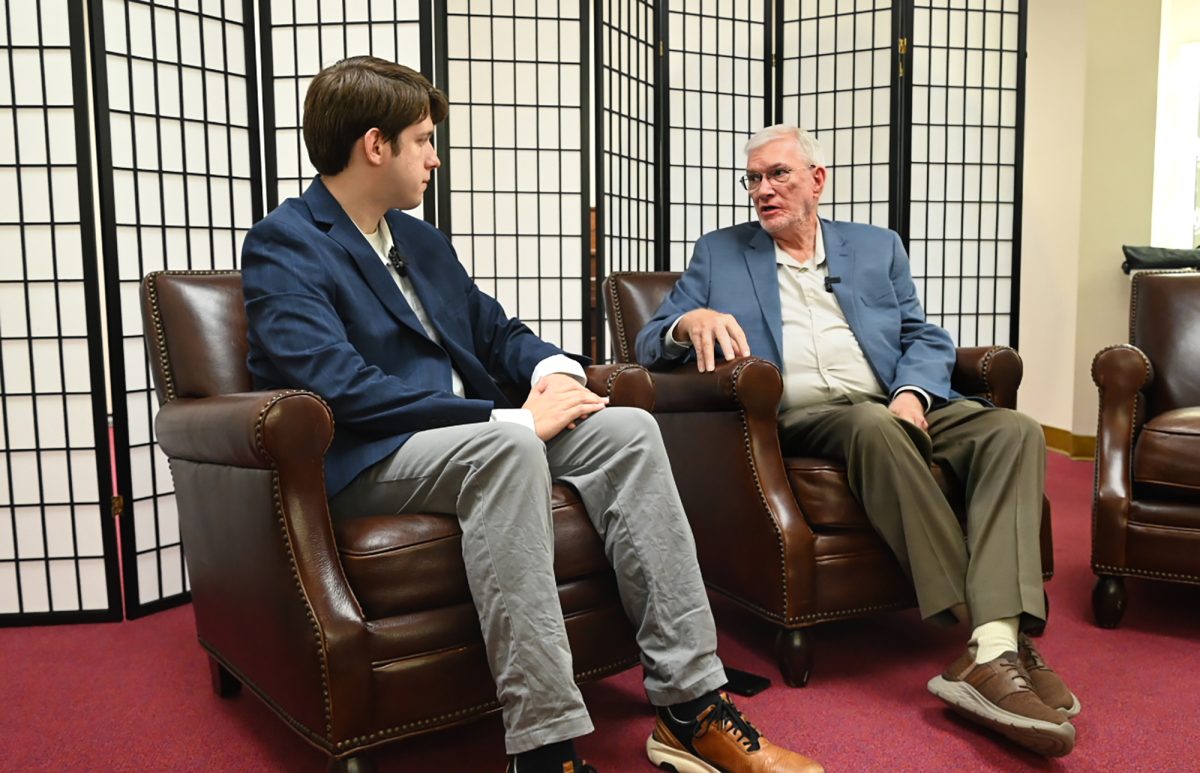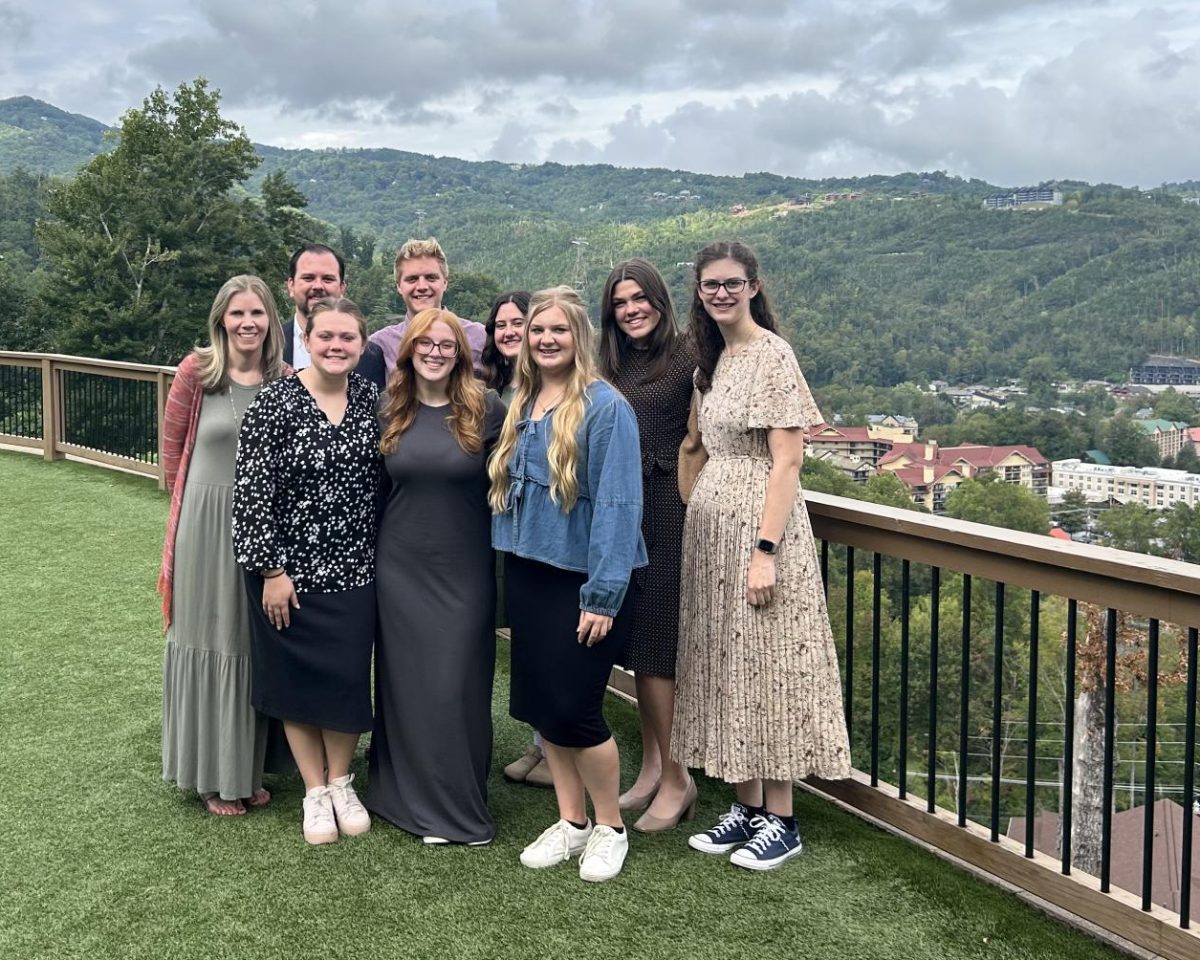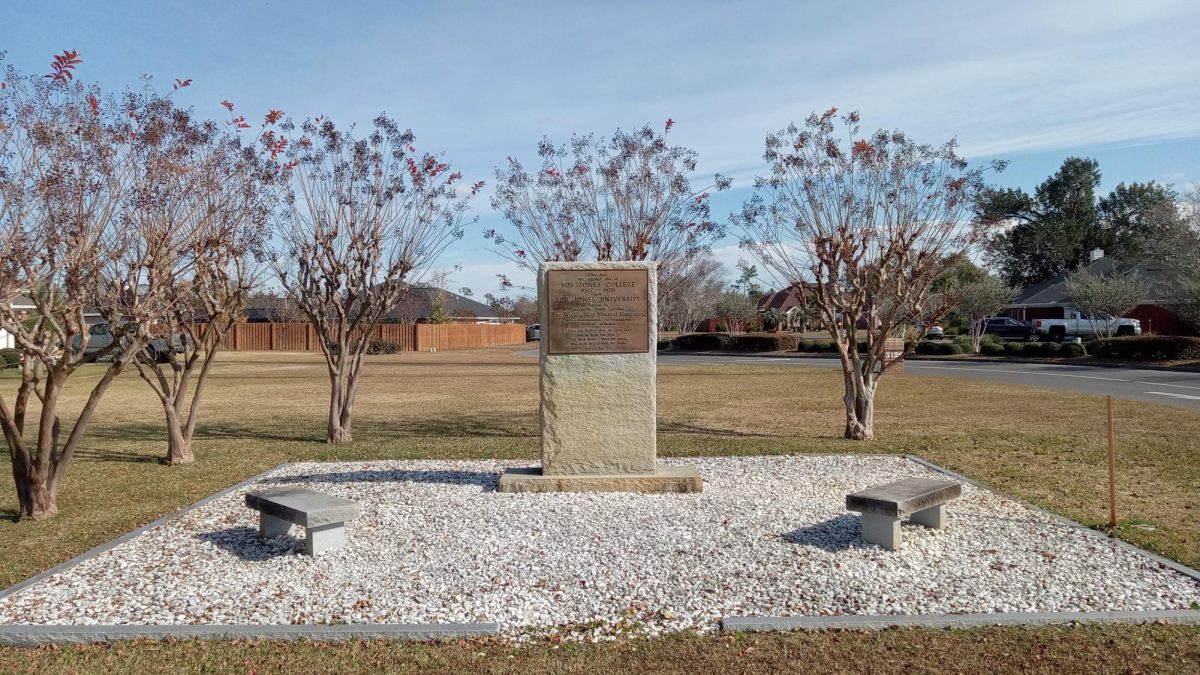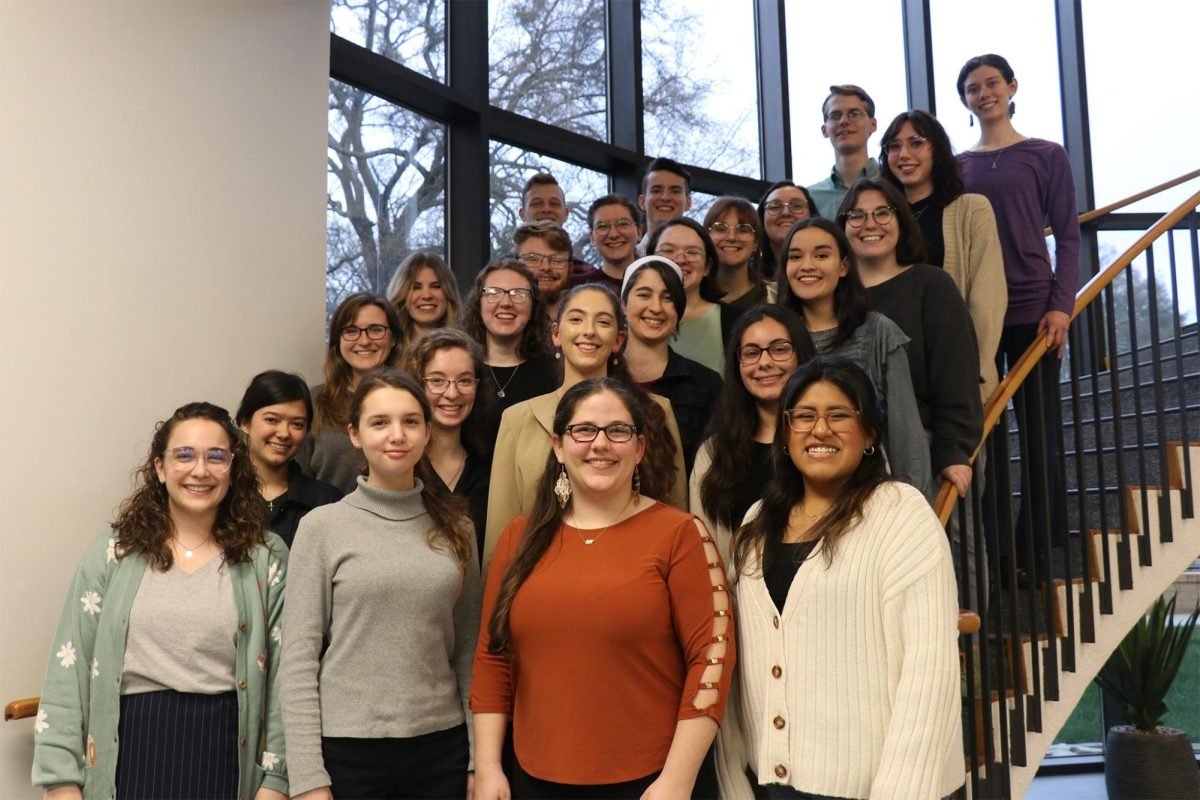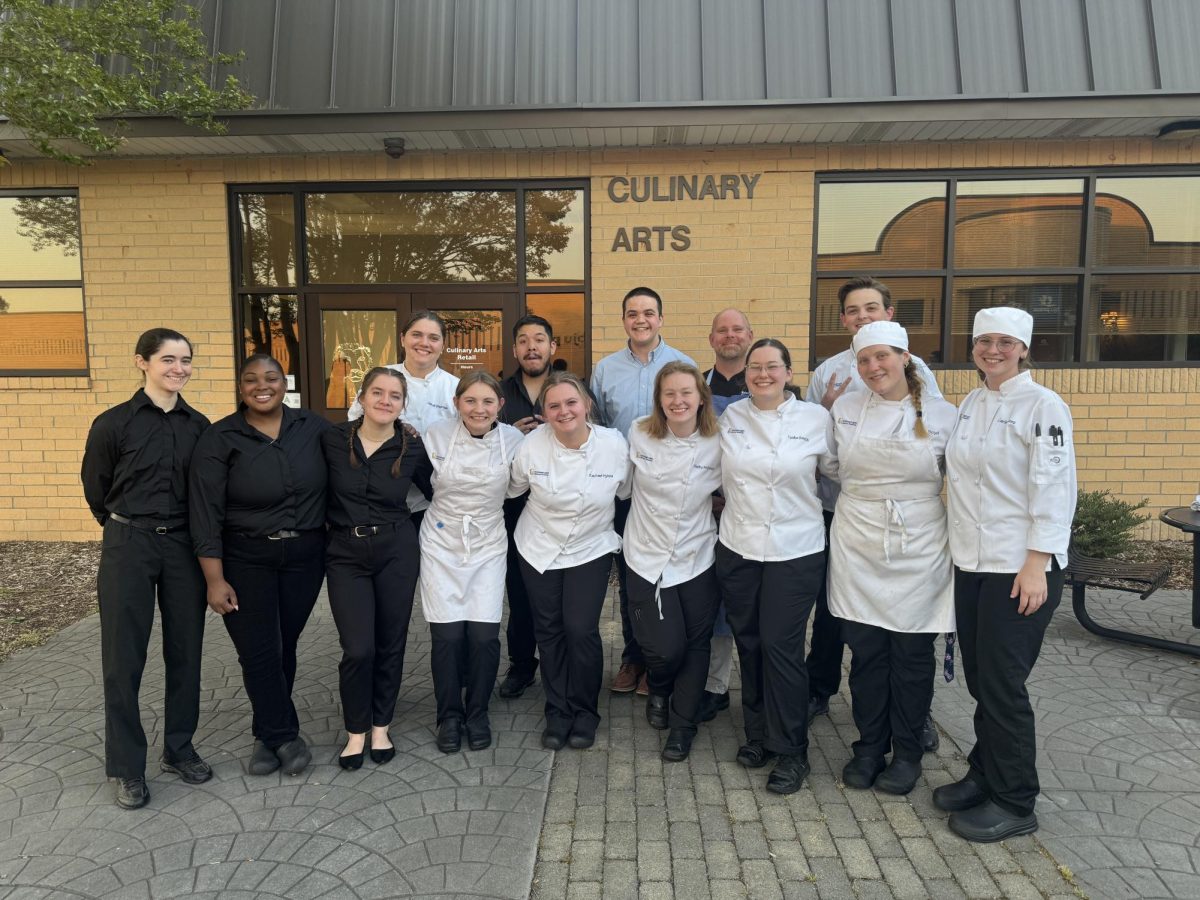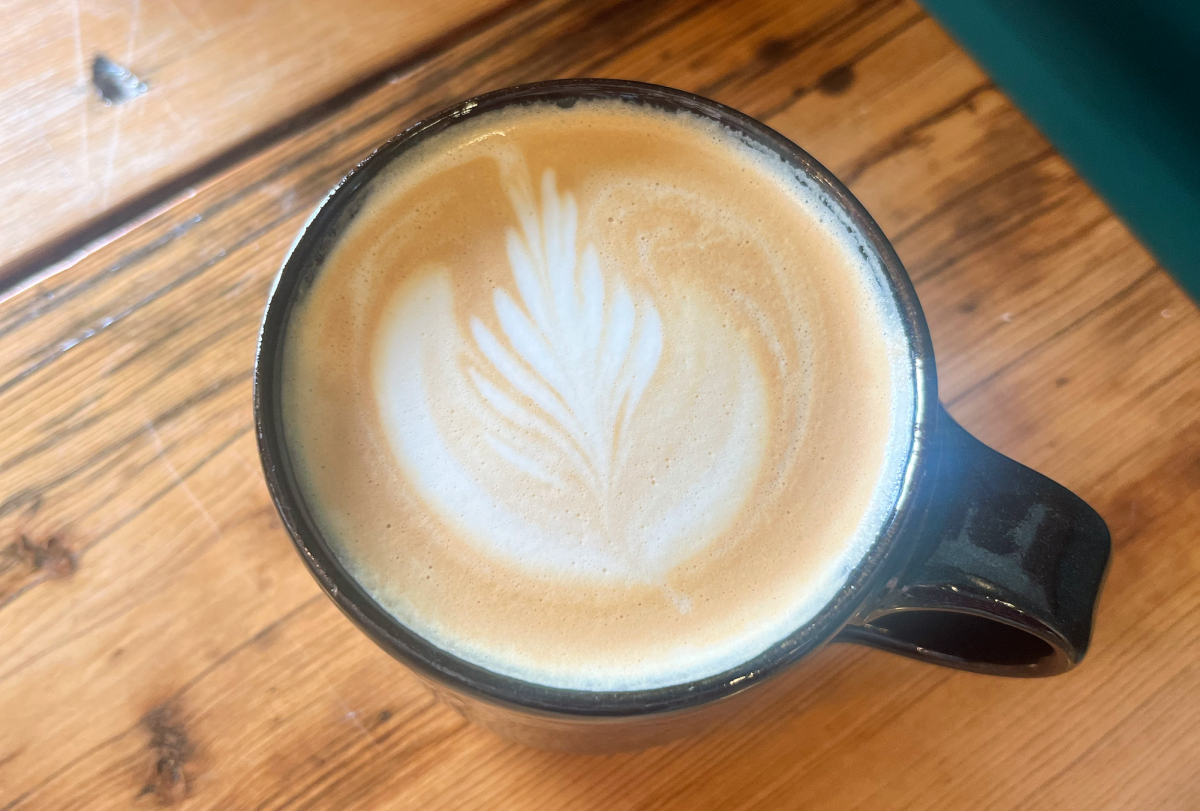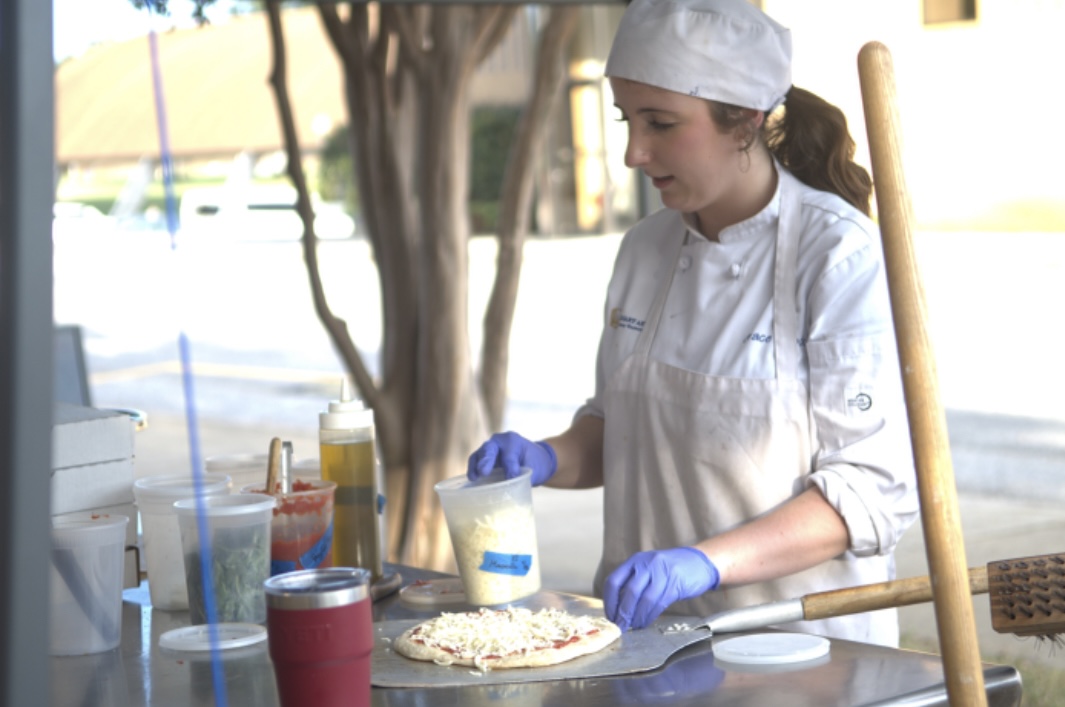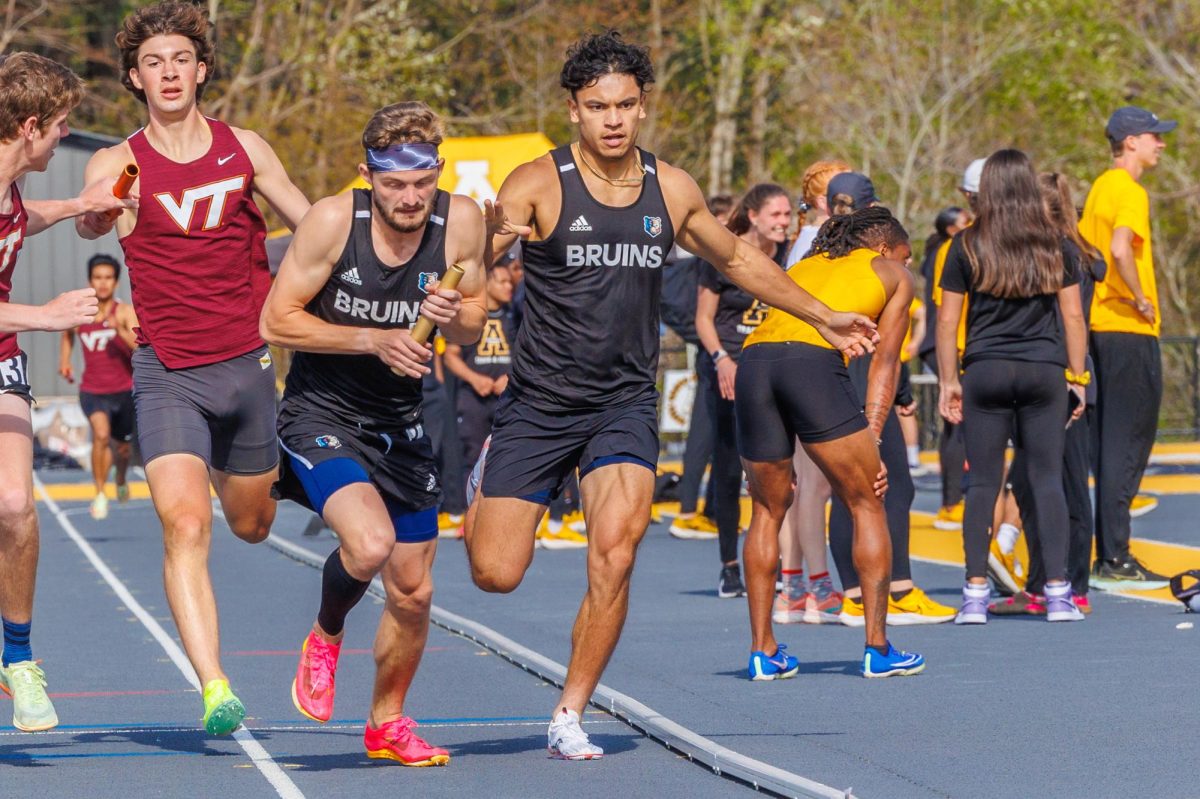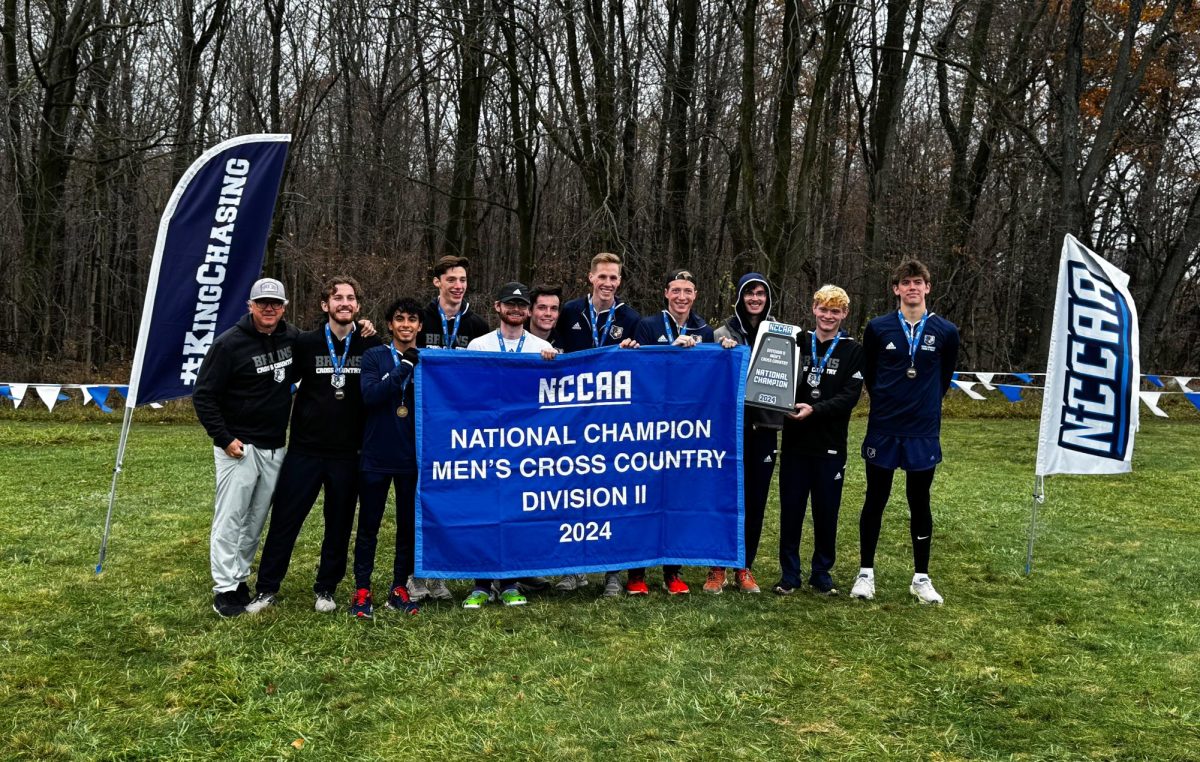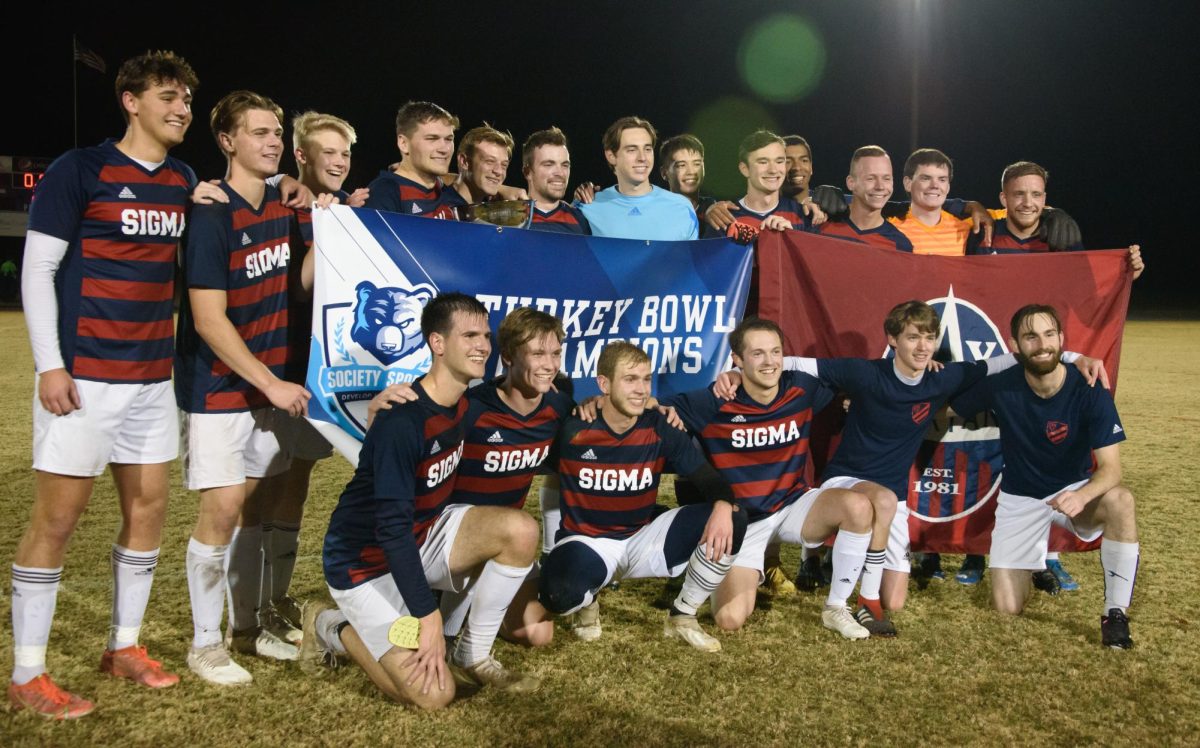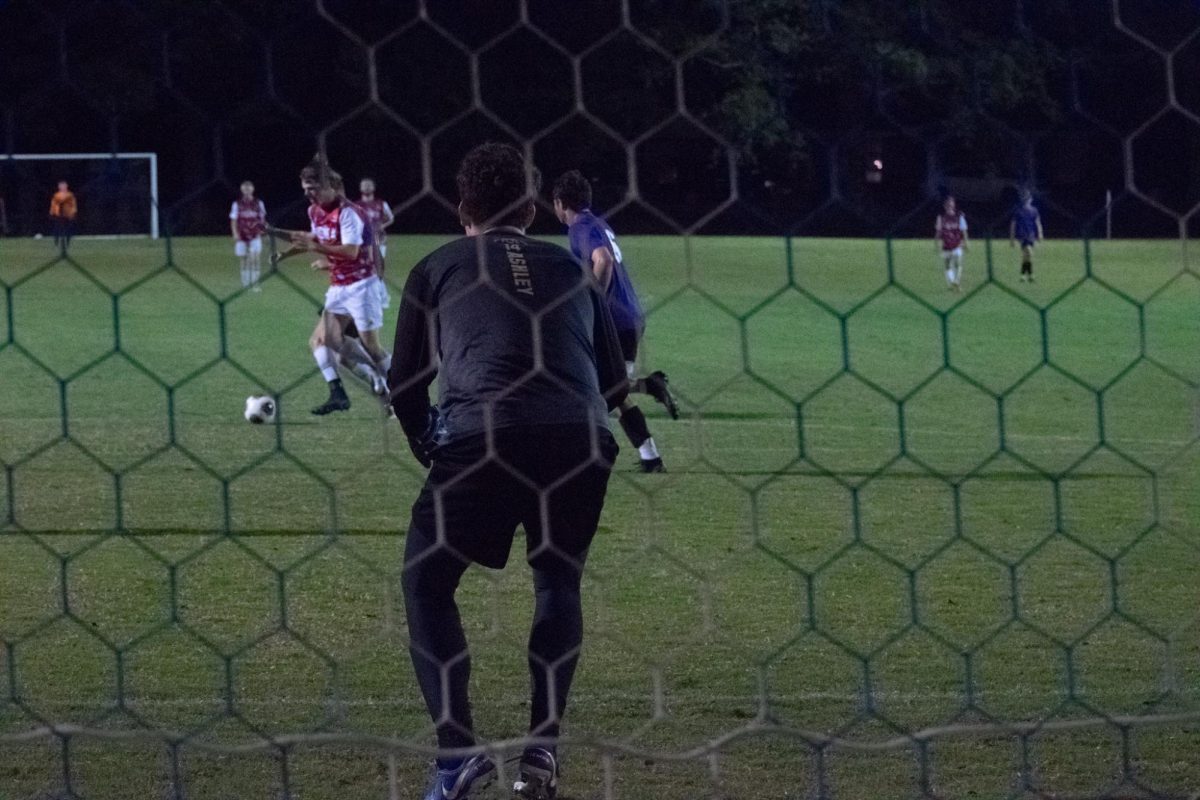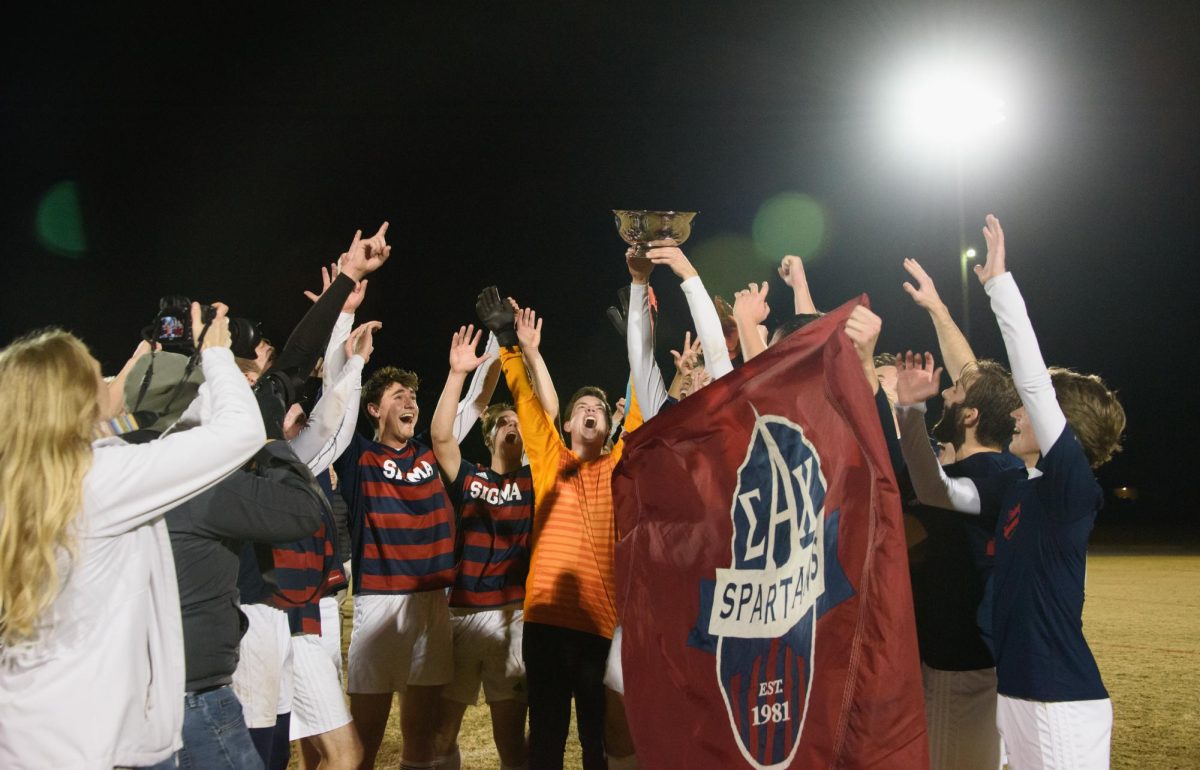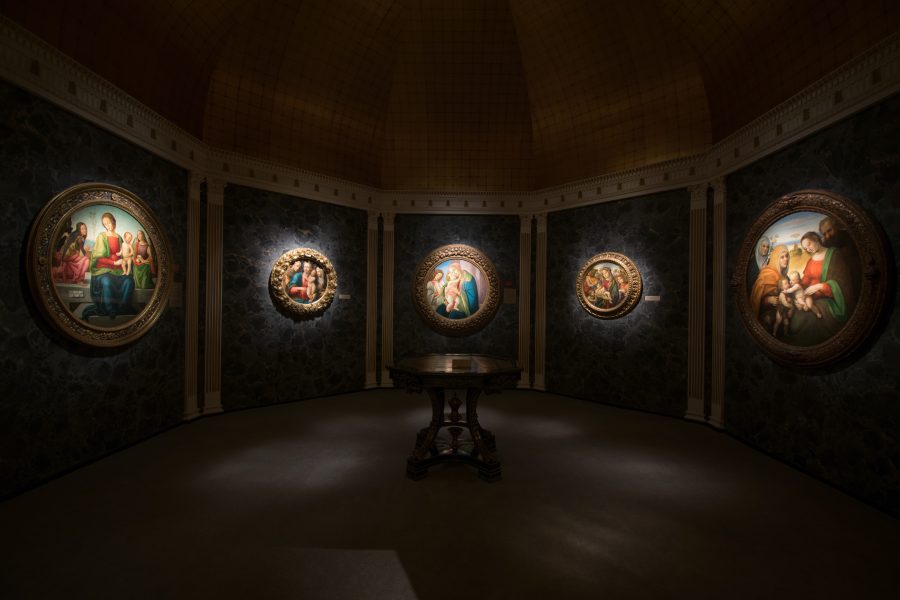BJU’s Museum & Gallery served over 46,000 people last year—about the current size of the student body multiplied by 16.
This number includes people who visited M&G’s onsite galleries—including the downtown location—as well as those that were served offsite through M&G’s Museum on the Move program.
This program involves sending two South Carolina-certified educators into classrooms in the Upstate.
M&G’s Erin Jones said they reached 10,500 students between kindergarten and 12th grade last year—98 percent of the students attended public schools.
M&G’s influence has spanned six decades and served as an outreach opportunity for both the public and the University family since its founding in 1951.
Jones said the history of the gallery shows God’s sovereignty in providing both the means and the right timing.
John Ruscan, a watercolorist who lived in the 1800s, had some very strong, vocal opinions about art.
Ruscan favored the Renaissance style and believed the Baroque style was too melodramatic and therefore out of style.
Jones said this concept influenced those in the art field, and Baroque art was soon considered unfavorable.
Years later, in the 20th century, people began to see the value in Baroque art.
One who saw the value was Carl Hamilton, who helped begin the North Carolina Museum of Art in Raleigh, North Carolina.
Hamilton told Dr. Bob Jones Jr., president of BJU from 1947 to 1971, that every strong university has a strong collection of fine art and that BJU should begin a collection of its own.
Dr. Jones Jr. took the idea to the BJU board at the time. They set aside some small funds to begin a collection that would focus on religious art for the gallery.
Jones said the timing was perfect because Baroque religious art was prevalent during the ’40s.
“It was glutting the market,” she said.
Eventually, Dr. Jones Jr. amassed one of the greatest collections of religious art in North America, which resulted in the M&G opening in 1951.
Today, the M&G includes a rare, large collection of more than 50 Russian and Greek icons, a collection of over 1,000 antiquities spanning 37 centuries and over 400 European paintings representing art and times of the 14th through the 19th centuries.
The gallery includes works from such masters as Rubens, Tintoretto, Cranach, Botticelli and Honthorst.
Slowly, the Baroque style became more favorable and, by the late ’80s, prices for Baroque art began increasing.
The M&G has two primary methods of outsourcing: loans and exhibitions.
M&G loans paintings to museums as near as the Upstate of S.C. and as far as
Japan and Italy. In fact, M&G currently has one painting in Bruges, Belgium.
Jones said that M&G’s ability to loan paintings across the globe provides opportunities to introduce people to the story of BJU.
On campus, M&G has done focus exhibitions. Jones said that right now, they have works featuring Luther or artists that he personally knew in light of this year’s 500th anniversary of the Reformation.
An extension of M&G is located downtown at Heritage Green in the old Coca-Cola building.
Jones said these collections focus on a specific theme.
Right now, the gallery’s feature exhibition is “The Art of Sleuthing.”
The gallery explores mysteries such as how a chemist artist works to preserve and restore a work, how x-rays are used to discover the history of a piece and the role of UV light in conservation.
In light of this sleuthing exhibition, Jones said an FBI agent, Byron Thompson, will visit the M&G on campus on Nov. 10 to talk about white collar crime.
Besides this connection of art to real-life situations, Jones said that art has many other meaningful links.
The goal of both galleries is to act as a mouthpiece for the art so that guests can find a way to connect to it and appreciate it for themselves.
“[Art] has a story to tell, but it needs someone to tell it,” she said.
Jones said believers have a unique role when it comes to interpreting art.
“[Believers] have the keys in their hands more than their secular counterparts to unlock the stories and the symbolism that are a part of religious art,” she said.
For example, when believers see a painting of Christ on the cross, the painting bears more weight and value than it does to unbelievers.
“Encountering the past is a humbling and inspiring experience,” Jones said.
“It exhibits our consistent failures and depravity, but it also shows how God has preserved the powerful impact of His Truth, goodness and beauty throughout history to draw people to Him.”
BJU students may tour M&G for free with their student ID cards and bring three free guests.
Many students have used this to bring their visiting parents and friends to M&G.


